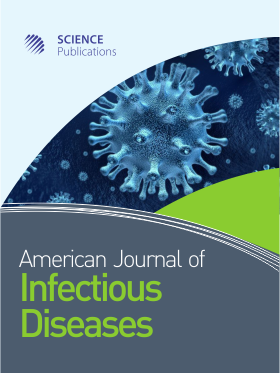The Changing Pathology of NeuroAIDS Associated with Drug Abuse in the Era of HAART
- 1 University of Edinburgh, United Kingdom
Abstract
Compliance with highly active antiretroviral therapy (HAART) arrests HIV induced immune collapse and reduces the prevalence of severe central nervous system (CNS) complications, including HIV associated dementia and encephalitis. However minor cognitive disorders remain common and recent autopsy studies have demonstrated the presence of subtle neuropathological abnormalities in HAART treated individuals, including persistent neuroinflammation and enhanced deposition in the brain of proteins associated with neurodegeneration. The closest comparison group from the pre-HAART era is that comprising presymptomatic HIV infected individuals dying from non HIV related causes. HIV is believed to enter the CNS at or soon after the time of initial infection. Whether this occurs in all HIV infected individuals is unknown. The virus is probably restrained from progressing to a productive CNS infection by systemic and innate immune controls which include surveillance of brain tissue by patrolling CD8 lymphocytes. However HIV is not eliminated from the CNS compartment and is present at low level in the brains of some HAART treated just as in pre-HAART subjects. Brain viral isolates appear to be neuroadapted and clearly persist long term in the sanctuary of the CNS. This review compares and contrasts data derived from studies of the brain in pre and post HAART cohorts. The implications of increasing longevity in treated individuals who may have low level HIV infection of brain tissue, associated with lymphocytic infiltration and microglial/macrophage activation, are discussed. The exact roles of these cellular reactions in relation to viral suppression are unclear at present. The complexity of this scenario is further heightened when other factors such as illicit drug intake and hepatitis-induced encephalopathy contribute to the clinical outcome. These added insults lead to damaging effects in the brain which may augment those induced by HIV/AIDS. Taken together, these factors suggest that the incidence of HIV-related CNS disorders will rise again in the future.
DOI: https://doi.org/10.3844/ajidsp.2006.39.48

- 4,026 Views
- 2,836 Downloads
- 4 Citations
Download
Keywords
- HAART
- brain pathology
- drug abuse
- neuroinflammation
- neurodegeneration
